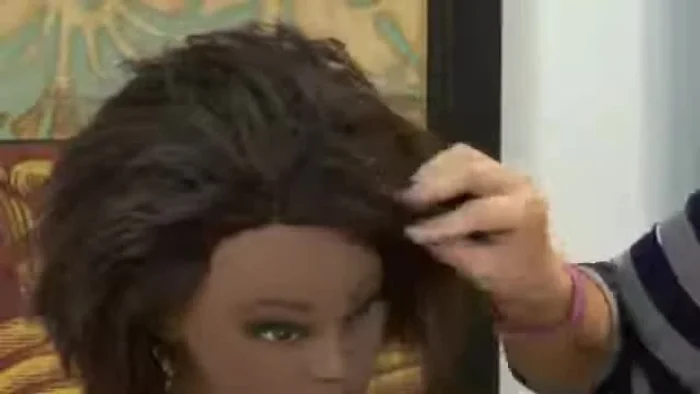Relaxed hair, with its sleek and straight appeal, often comes with a trade-off: the constant need for touch-ups and the potential for damage. The pursuit of healthy, vibrant hair often necessitates a journey beyond chemical treatments, leading many to embrace the process of growing out their relaxed hair. This can feel daunting, requiring patience, dedication, and a strategic approach. The transition period, however, can be navigated successfully with the right knowledge and techniques. Many women find themselves caught in a cycle of breakage and frustration, unsure of how to manage the two textures as they grow.
This article provides a comprehensive, step-by-step guide to smoothly transitioning from relaxed to natural hair. We'll explore effective techniques for managing the two contrasting textures, minimizing breakage, and nurturing your hair's health throughout this transformative phase. Prepare to discover the secrets to successfully growing out your relaxed hair and embracing your natural beauty.
Preparation and Safety Guidelines
- N/A
- Avoid harsh chemicals: Relaxers contain strong chemicals that can damage your hair and scalp. Minimize chemical treatments during the growing-out process to prevent further damage and breakage.
- Be patient: Growing out relaxed hair takes time. Expect a transition period with different textures, and avoid getting discouraged. Embrace the process and celebrate small victories.
- Protect your hair: Use gentle hair care products designed for transitioning hair. Minimize heat styling, and always protect your hair at night with a satin scarf or bonnet.
Step-by-Step Instructions
Understanding Relaxer Removal
- Understand that relaxers cannot be stripped; they must grow out.
- Ultimately, the only way to fully remove a relaxer is to wait for the treated hair to grow out.


Understanding Relaxer Removal Relaxer Types and Reversion
- Some relaxers may revert over time, returning the hair to its natural curl pattern.
- Thermal relaxers are permanent and need to be cut out.

Relaxer Types and Reversion Avoiding Damage
- Avoid applying different types of relaxers (e.g., sodium-based followed by ammonium hydroxide-based) to prevent breakage.
Alternative Styling Options (Not Relaxer Removal)
- If you used an imodium-based product, you *might* consider a perm or other styling methods (but these don't remove the relaxer).
Read more: DIY Hair Relaxer Cream: A Homemade, Budget-Friendly Recipe
Tips
- Be patient; growing out relaxed hair takes time.
- Avoid mixing different types of relaxers.



